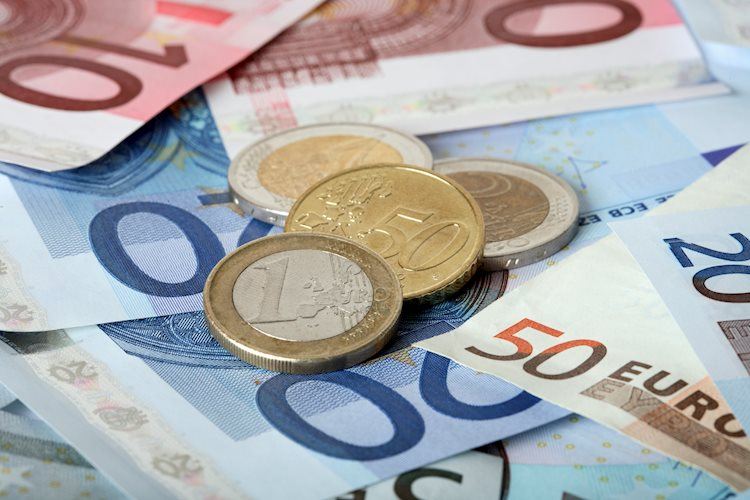ECB Vice President Guindos recently commented on the disinflationary process in the Eurozone, stating that it was progressing well but also highlighting significant risks around the outlook for prices. According to Shaun Osborne, Chief FX Strategist at Scotiabank, these remarks suggest that ECB officials may not be as eager to ease policy as the market currently anticipates. Despite market expectations of a 35bps easing risk for December’s policy decision, recent cautious messaging from officials may not align with such aggressive easing measures.
The EUR has been trading within a tight range in the low 1.08s, with EUR/USD continuing to consolidate. While the recent trading pattern does not rule out further losses for the EUR, it is important to note that the currency remains deeply oversold. This could potentially lead to a short-squeeze in the market, with the daily RSI signal showing signs of edging higher from previously over-extended levels. This may be interpreted as a positive signal for the EUR in the near future.
In addition to Guindos’ comments, November’s Gfk Consumer Confidence in the Eurozone improved slightly to -18.3, exceeding expectations. This could indicate a more positive sentiment among consumers in the region, which may have implications for future economic growth and inflation levels. However, the overall outlook for prices in the Eurozone remains uncertain, with significant risks that could impact the decision-making process of ECB officials in the coming months.
Market participants are currently pricing in a level of easing risk for December’s policy decision, with swaps indicating a 35bps possibility. While this may be reflective of market expectations, recent signals from ECB officials suggest a more cautious approach to policy easing. As a result, the disparity between market expectations and ECB messaging could lead to potential volatility in the EUR as investors reassess their positions and adjust to the evolving economic landscape in the Eurozone.
Overall, the EUR/USD pair continues to face challenges in the current market environment, with volatility likely to persist as the Eurozone grapples with disinflationary pressures and economic uncertainties. The currency remains oversold, presenting the possibility of a short-squeeze in the near future. As ECB officials weigh their options regarding policy decisions and market participants adjust their expectations accordingly, the EUR will likely experience fluctuations in the coming weeks as investors react to new information and developments in the Eurozone economy.


























